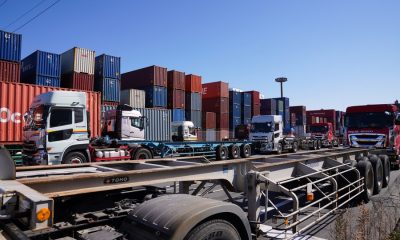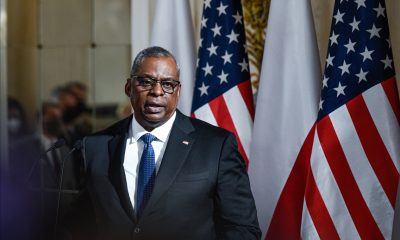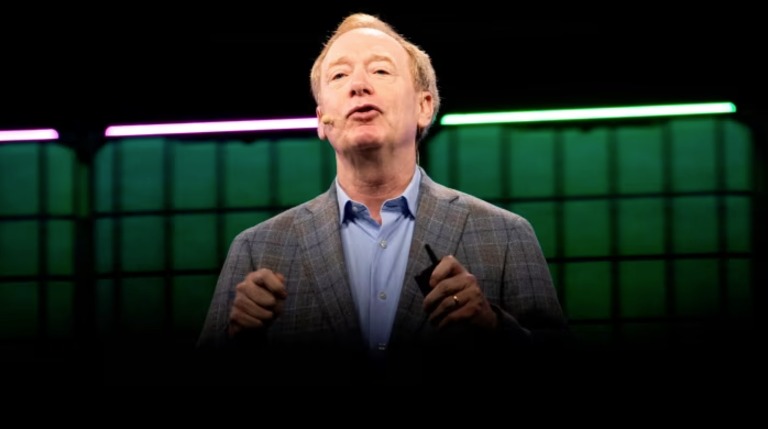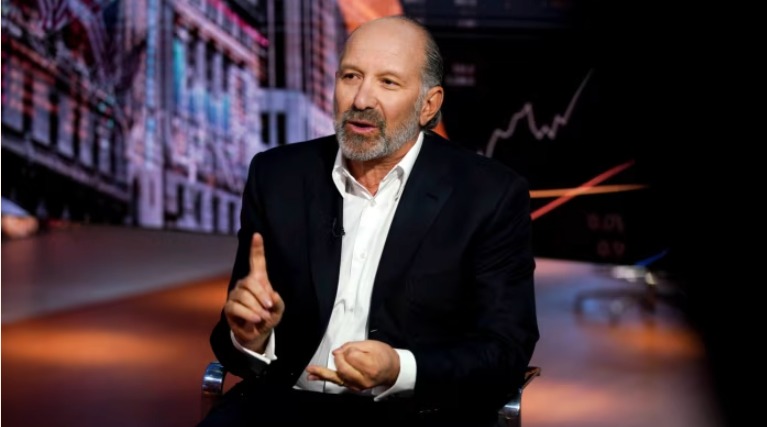Donald Trump has announced his intention to nominate Wall Street investor and campaign donor Howard Lutnick as the new head of the U.S. Department of Commerce, placing the billionaire at the forefront of implementing the sweeping tariffs promised during his presidential campaign.
Lutnick, who co-chaired Trump’s transition team, had previously been considered for the role of Treasury Secretary. He is also the CEO of Cantor Fitzgerald, a prominent investment firm.
In a statement on Tuesday, Trump declared that Lutnick would be “directly responsible” for leading the Commerce Department and overseeing the Office of the U.S. Trade Representative (USTR).
The USTR, established in 1974 to manage negotiations with U.S. trading partners, traditionally reports directly to the president. If confirmed by the Senate, the 63-year-old Lutnick will play a pivotal role in aiding U.S. businesses and executing Trump’s proposed tariffs on international trade partners.
Trump has outlined plans for a 60% tariff on imports from China and a global tariff of up to 20%, signaling a major shift in U.S. trade policy.
Lutnick, despite lacking prior government experience, has been a steadfast advocate for Trump’s economic agenda. During a New York campaign rally, Lutnick remarked, “When was America great? At the turn of the century, our economy was floundering! That was 125 years ago. We had no income tax and all we had were tariffs.”
While Lutnick has emerged as a major donor to Trump, he has also supported establishment Democrats and Republicans in the past, including Chuck Schumer and Jeb Bush. He contributed to both Hillary Clinton’s 2008 and 2016 campaigns, hosting a fundraiser for her in 2015. Lutnick maintains a personal friendship with the Clintons, noting their attendance at a Cantor Fitzgerald fundraiser in September 2022.
Lutnick has also maintained a long-standing relationship with Trump, even appearing on The Celebrity Apprentice in 2008. He disclosed to the Financial Times in October that he has donated over $10 million to Trump’s 2024 campaign and another $500,000 to the transition team, totaling approximately $75 million.
Treasury Secretary selection process still uncertain
The position of Treasury Secretary, one of the most significant roles in Trump’s administration, remains undecided. Lutnick’s name has been floated for the role, though he faces competition from hedge fund manager Scott Bessent, private equity billionaire Marc Rowan, and former Federal Reserve governor Kevin Warsh.
Marc Rowan, the CEO of Apollo Global Management, has emerged as a leading contender and is expected to meet with Trump to present his case. Rowan’s supporters cite his extensive expertise in financial markets, though competition remains fierce.
Forecasting site Polymarket currently lists Warsh as the favorite for Treasury Secretary, followed by Bessent, Rowan, and William Hagerty. If unsuccessful in his bid for Treasury Secretary, Bessent is reportedly vying for the chairmanship of the National Economic Council.
Trump names Mehmet Oz to run Medicare and Medicaid
Trump also announced on Tuesday his nomination of Dr. Mehmet Oz to lead the Centers for Medicare and Medicaid Services (CMS). Describing Oz as “one of the most talented physicians” capable of “making America healthy again,” Trump expressed confidence in Oz’s ability to reduce waste and fraud within the nation’s largest government agency.
Dr. Oz, a former heart surgeon and Columbia University professor, rose to prominence as Oprah Winfrey’s health expert before hosting his own popular talk show. However, his career has been controversial, with critics accusing him of promoting scientifically dubious theories and unproven treatments.
Oz’s political experience includes a 2022 Senate race in Pennsylvania, where he was endorsed by Trump but ultimately lost to Democrat John Fetterman.
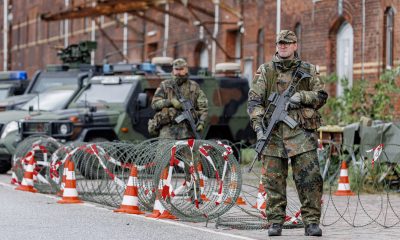
 EUROPE5 days ago
EUROPE5 days ago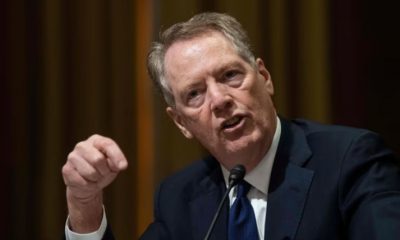
 AMERICA2 weeks ago
AMERICA2 weeks ago
 ASIA2 weeks ago
ASIA2 weeks ago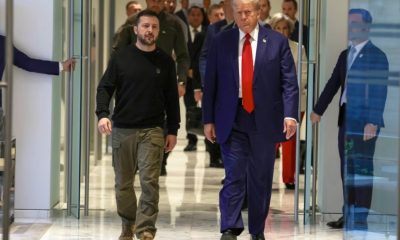
 AMERICA2 weeks ago
AMERICA2 weeks ago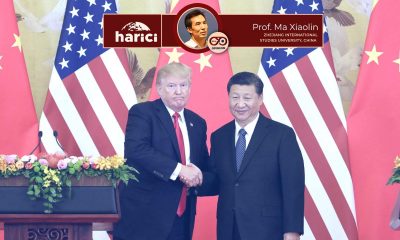
 OPINION2 weeks ago
OPINION2 weeks ago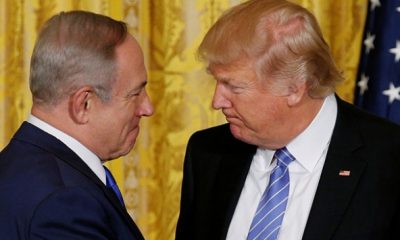
 MIDDLE EAST2 weeks ago
MIDDLE EAST2 weeks ago
 MIDDLE EAST2 weeks ago
MIDDLE EAST2 weeks ago
 EUROPE2 weeks ago
EUROPE2 weeks ago




